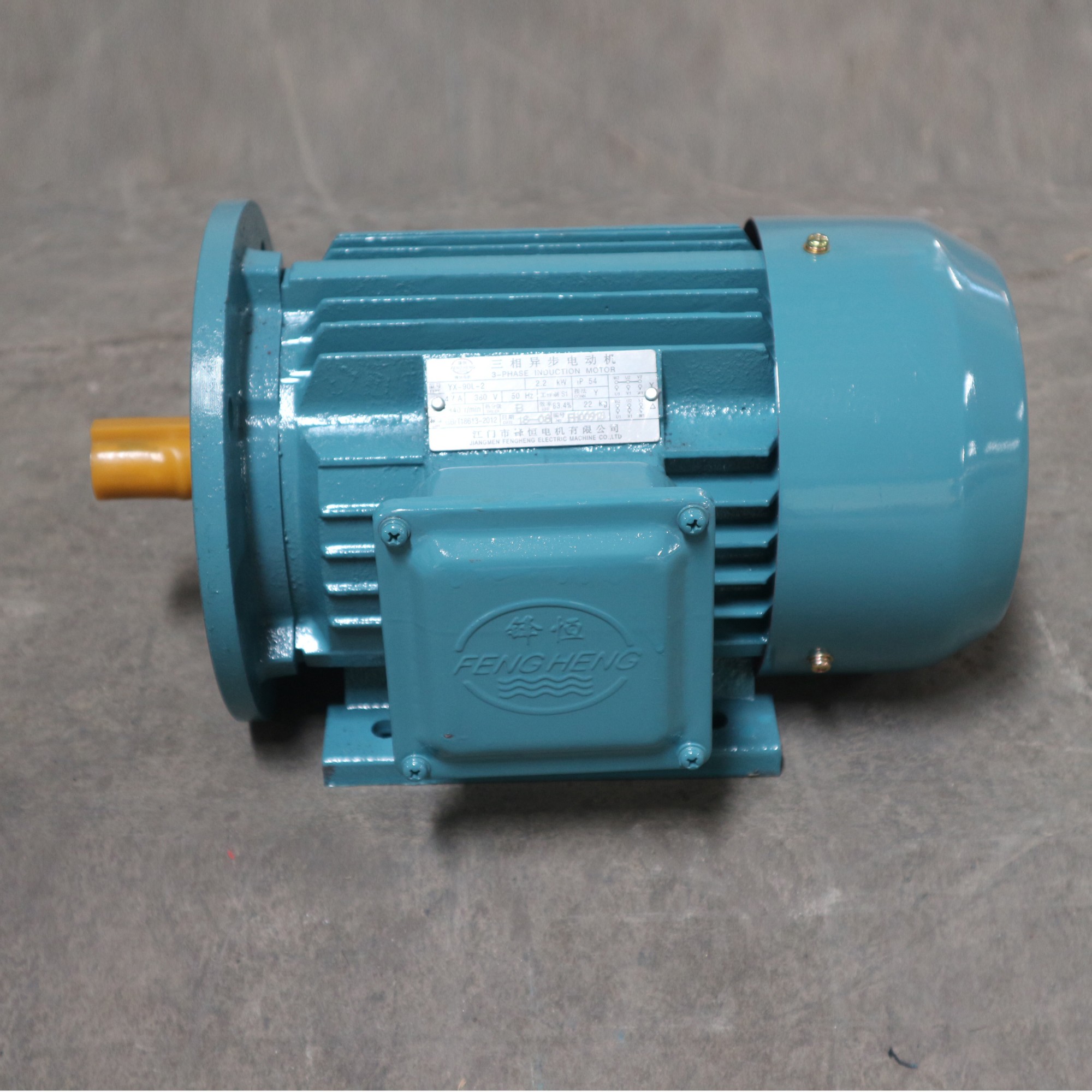What is the difference between asynchronous motor and synchronous motor?
The principle of asynchronous and synchronous motors are both based on the law of electromagnetic induction. The difference is that the symmetrical three-phase windings of the asynchronous motor are connected to the AC power supply. Even if the stator does not roll, a rotating magnetic field will occur because of the AC power supply. At this moment, the current will occur in the closed winding circuit. Therefore, according to the left-hand screw rule, the effect of the force on the current carrying conductor in the rotating magnetic field can be determined that the rotor winding is subjected to a directional electromagnetic force and electromagnetic torque effect (generally clockwise), so that the rotor winding rotates with the rotating magnetic field of the stator at the speed of n;
However, the stator windings of synchronous motor are distributed symmetrically in the stator core slot with a difference of 120 ° in space. The rotor winding is provided with DC excitation. When the DC current enters the rotor winding through the brush and slip ring, there will be a magnetic circuit coming out of the N pole, passing through the air gap, the stator core, and then entering the S pole through the air gap. When the synchronous motor is driven by the prime mover and rotates in a certain direction at the speed of N, the three-phase winding in the stator cuts the magnetic induction line in sequence, and induces the potential with the same size and 120 ° phase difference. This is the principle of synchronous motor.

The common understanding of the difference between synchronous motor and asynchronous motor lies in whether their rotor speed is consistent with the stator rotating magnetic field. If the rotor speed of the motor is the same as that of the stator rotating magnetic field, it is called synchronous motor, otherwise, it is called asynchronous motor.
In addition, synchronous motor and asynchronous motor stator winding is the same, the difference lies in the motor rotor structure. The rotor of asynchronous motor is short-circuit winding, which generates current by electromagnetic induction. However, the rotor structure of synchronous motor is relatively disordered and has DC excitation winding, so it needs additional excitation power supply to introduce current through slip ring; therefore, the structure of synchronous motor is relatively messy, and the cost and repair cost are relatively high.
The speed of synchronous motor is synchronous with electromagnetic speed, while the speed of asynchronous motor is lower than electromagnetic speed. No matter how large or small the load is, the speed of synchronous motor will not change as long as it does not lose step. The speed of asynchronous motor changes with the change of load size.
The synchronous motor has high precision, but the manufacturing is disorderly, the cost is high, and the repair is relatively difficult. Although the response of asynchronous motor is slow, it is easy to install and use, and the price is cheap. So synchronous motor is not widely used than asynchronous motor. Synchronous motors are mostly used in large generators, while asynchronous motors are almost used in motor applications.
Article source: Foshan motor wholesalehttp://m.0411suowang.com
-
07-06
The difference between reducer and gearbox
Reducer motor mainly refers to the gear motor assembled by gear box and motor. Its main function is to increase the torque and reduce the speed. It is widely used in many factories. It is generally decelerated by means of gearbox. Reducer motor refers to the integration of reducer and motor (motor), which can also be called gear motor or gear motor. It is usually integrated and assembled by a professional reducer manufacturer and integrated with the motor. The reducer motor is a kind of power tr
-
07-06
What is the difference between asynchronous motor and synchronous motor?
The principle of asynchronous and synchronous motors are both based on the law of electromagnetic induction. The difference is that the symmetrical three-phase windings of the asynchronous motor are connected to the AC power supply. Even if the stator does not roll, a rotating magnetic field will occur because of the AC power supply. At this moment, the current will occur in the closed winding circuit. Therefore, according to the left-hand screw rule, the effect of the force on the current carry